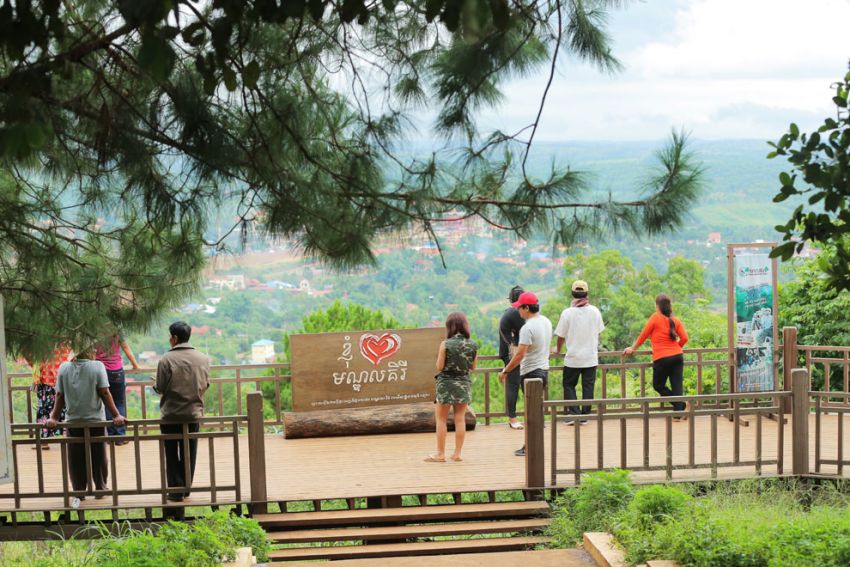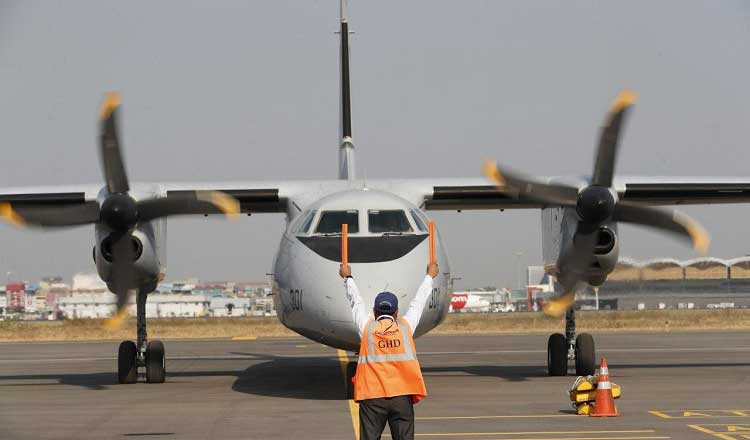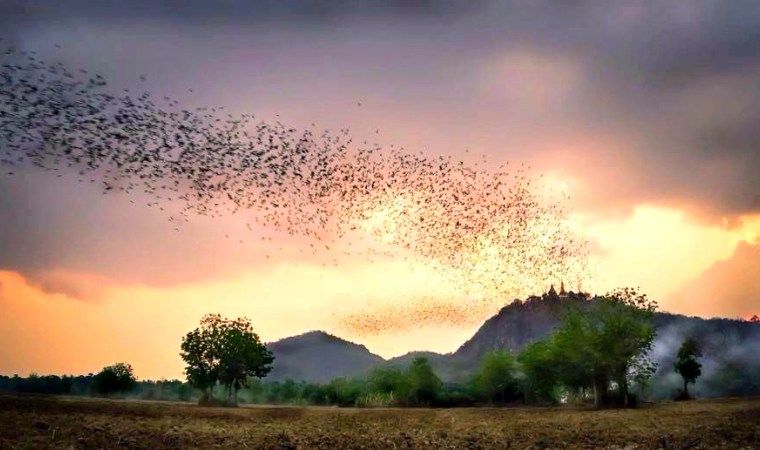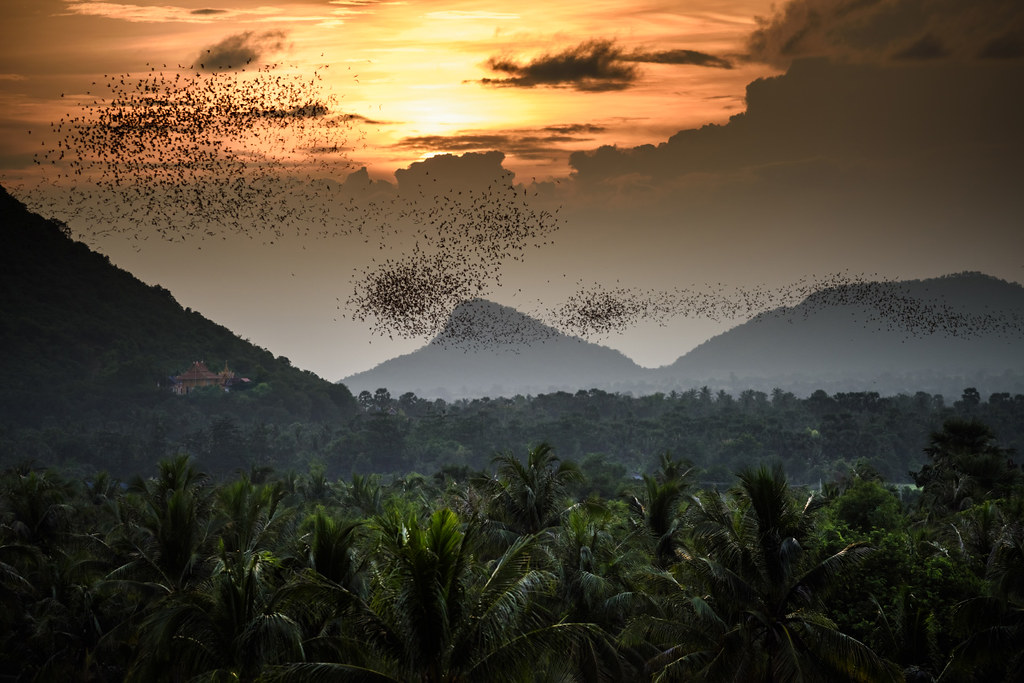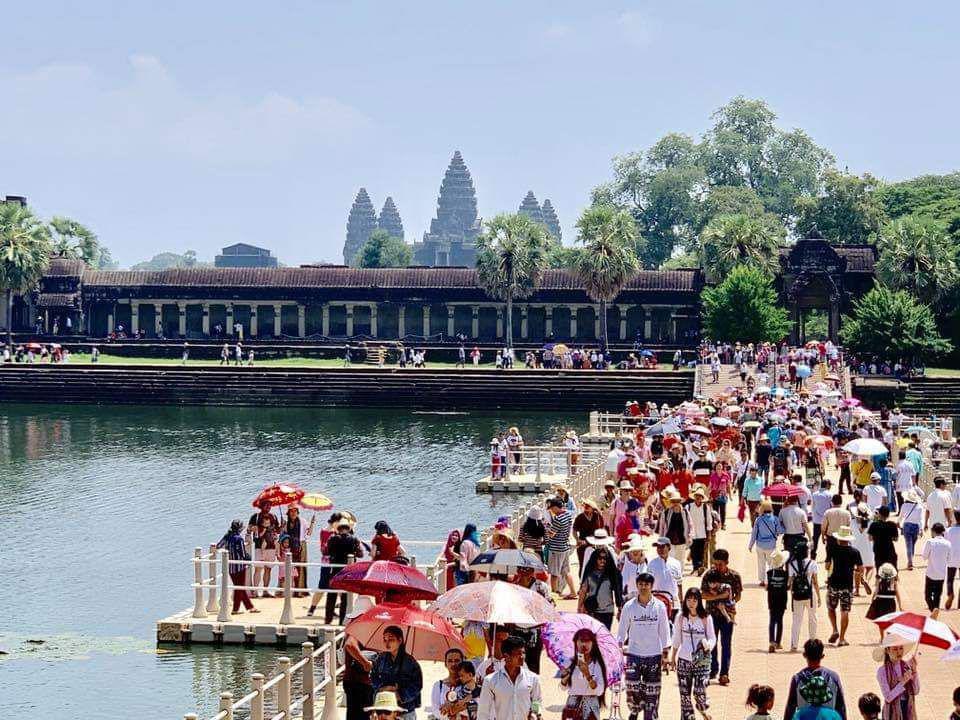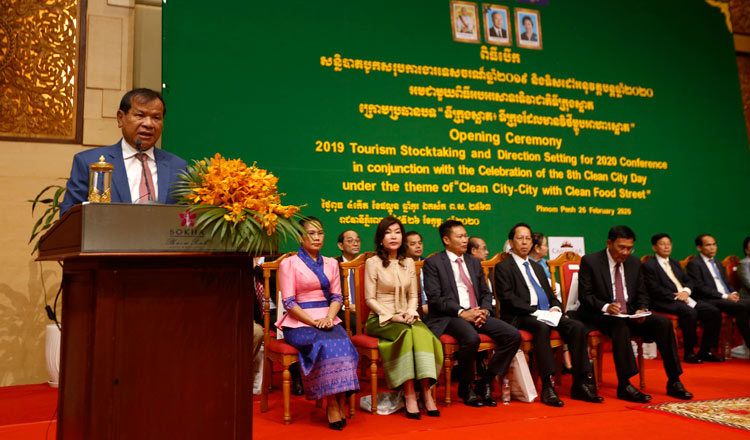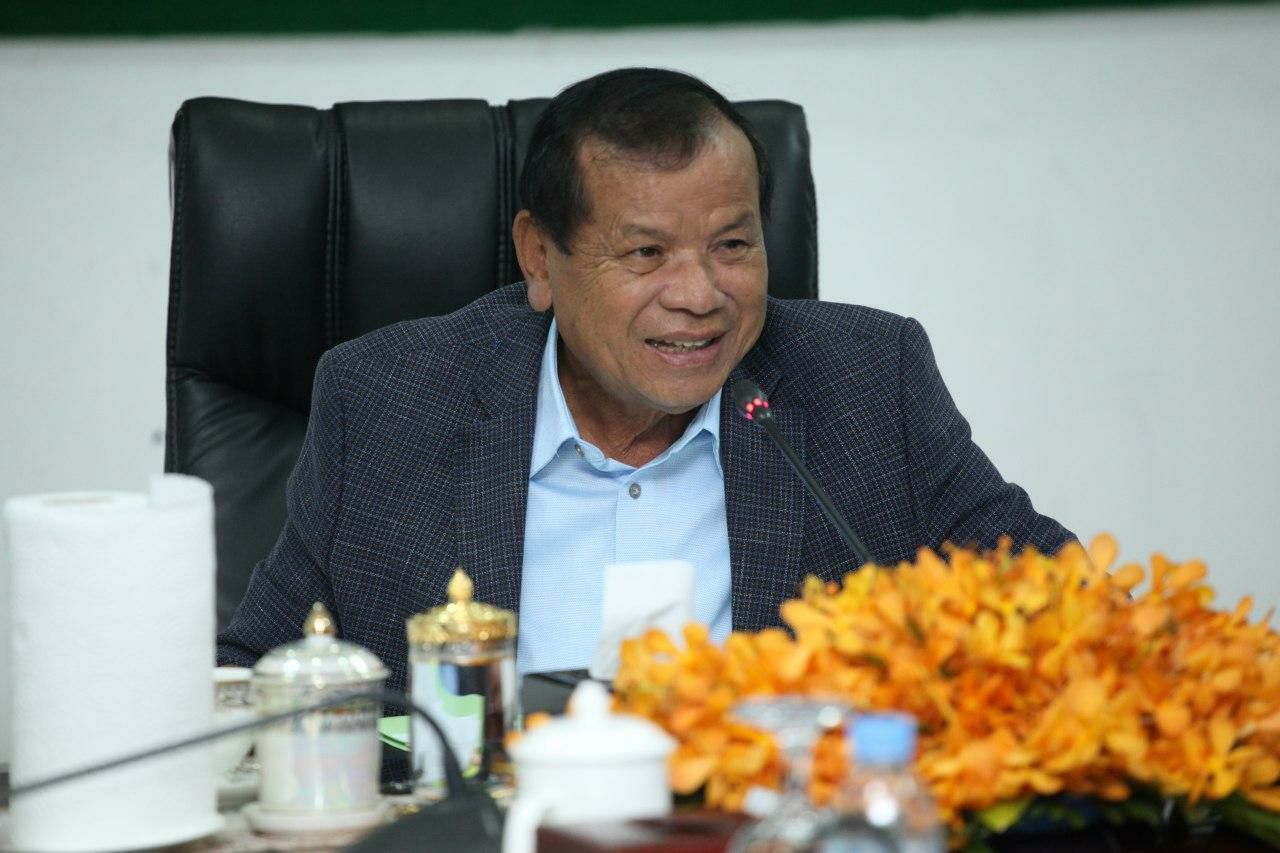Major Mondulkiri tourism plan given the nod
The government approved the draft Mondulkiri Tourism Development Master Plan 2021-2035, amid a wider initiative to attract about three million domestic and international tourists annually to the regional verdant biodiverse powerhouse in northeastern Cambodia by 2035.
The master plan will complement a 2021-2025 three-phased national tourism roadmap and a 2021-2035 Siem Reap provincial tourism development master plan – formally approved by Prime Minister Hun Sen on April 1 – to navigate the sector’s emergence from the Covid-19 pandemic and support its recovery, the Council of Ministers, or Cabinet, noted in a letter on August 12.
Initiated in August 2020 and completed in its final form this month, the Mondulkiri master plan was researched, designed and prepared by the Inter-Ministerial Commission for Master Planning, chaired by Minister of Tourism Thong Khon, with extensive engagement and consultation at the national and sub-national levels, within the inter-ministerial framework.
In a letter on August 9, Hun Sen asserted that tourism in Mondulkiri is in a period of growth, with broad potential for development, and that the master plan would greatly accelerate economic growth in the province and the rest of the Kingdom.
Bearing this in mind, he said the government would orient development within the provincial strategic framework, based on the actual situation and available and conceivable resources for investment and development in tourism and other economic sectors.
The prime minister voiced optimism that the master plan would underpin sustainable and accountable development of tourism and hence create socio-economic benefits for locals and contribute to the maintenance, protection and conservation of natural resources, cultural heritage and the original identity of the province.
“With all this potential, and under long-term and comprehensive deliberation, the Royal Government has prepared and launched the Mondulkiri Tourism Development Master Plan, as a compass to indicate the key mechanisms and strategic directions for tourism development in Mondulkiri province, in connection with the vision of national transformation over the 2021-2035 period and the years to come,” he said.
According to Hun Sen, the government has also agreed to designate Mondulkiri as an international eco-tourism destination and a major supplier of flowers, vegetables, fruits and meats to meet domestic demand as well as to allow for exports.
He identified six key priority areas at the core of guidelines set forth in the master plan that are designed to shepherd development operations and define the scope of investment.
These are – the natural eco-tourism areas and corridors of the five wildlife sanctuaries; the Bou Sra-Dak Dam Cultural and Ecotourism Corridor; the provincial capital Sen Monorom town; and the area in O’Raing district connected with the development of a widely-anticipated regional-level airport.
The remaining two are – the urban areas of the northern district of Koh Nhek; and the integrated tourism areas along the international border, which touches Vietnam’s Binh Phuong, Dak Nong and Dak Lak provinces.
Pacific Asia Travel Association Cambodia chapter chairman Thourn Sinan said the master plan would not only prop up and orient tourism development in the province, but also protect and conserve natural forest areas plagued by land grabs, and provide lots of positives for tourism players as well as direct and indirect stakeholders.
“The approval of the Mondulkiri Tourism Development Master Plan is pivotal to acclimate what is being implemented now, and to equip Mondulkiri to become sustainable over long-term tourism development,” he said.
Sinan opined that Mondulkiri boasts vast tourism potential that outstrips that of any other province, and is the home of the most environmentally-friendly eco-tourism areas in Cambodia, endowed with beautiful grasslands and an abundance of waterfalls.
But the human resource pool for the tourism and related sectors in Mondulkiri remains shallow, he lamented.
Training human resources in hospitality and raising awareness among locals about the vital role tourism plays in economic growth is paramount, and a crucial matter the government must focus a greater share of attention on, he said.
Mondulkiri provincial Department of Tourism director Ngin Sovimean said the master plan would serve as a roadmap, suggesting that it would also correct a number of emerging issues and burnish the allure of the province to woo more investors and tourists.
He expressed hope that the plan would drive and accelerate new infrastructure projects, citing the regional airport planned for O’Raing district’s Sen Monorom commune as the quintessential example.
“With the master plan approved, I expect that Mondulkiri will be able to reel in more tourists after Covid-19 cases are completely under control,” he said, adding that about 1,200 hotels and guesthouses currently operate in the province.
Sovimean did not provide updates on the airport, saying it was under the jurisdiction of the State Secretariat of Civil Aviation (SSCA).
The government previously said the airport would be built on a 300ha site and developed with an estimated investment of $80 million. SSCA spokesman Sin Chansereyvutha told The Post in February that the project could break ground next year. Phnom Penh Post

